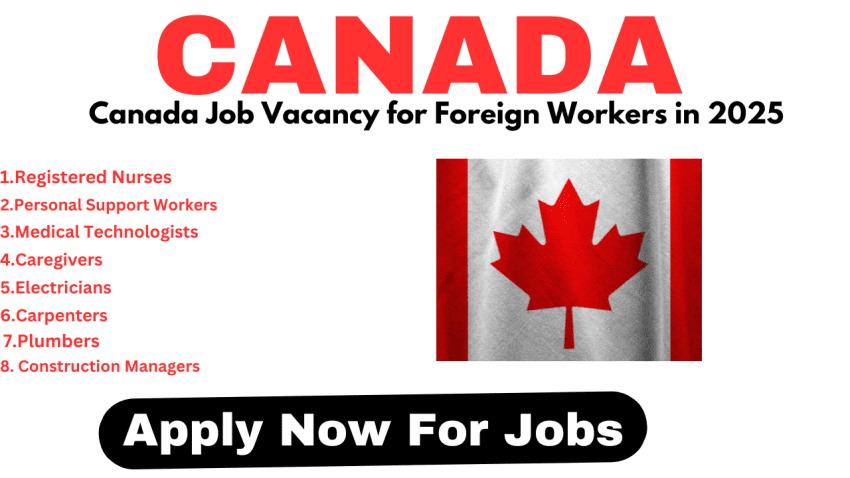Canada remains a top destination for individuals seeking a better quality of life, economic opportunities, and a welcoming multicultural environment. This comprehensive guide outlines ten reliable and secure methods to immigrate to Canada, providing detailed insights into each pathway.
1. Express Entry System: Fast-Track Immigration for Skilled Workers
The Express Entry system is Canada’s primary immigration pathway for skilled workers. It manages applications for three federal economic programs:
- Federal Skilled Worker Program (FSWP)
- Federal Skilled Trades Program (FSTP)
- Canadian Experience Class (CEC)
Eligibility Criteria:
- Minimum of one year of skilled work experience
- Proficiency in English or French (e.g., IELTS or TEF scores)
- Educational credentials assessed by an authorized organization (e.g., WES)
- Adequate settlement funds
Applicants are ranked using the Comprehensive Ranking System (CRS), which considers factors like age, education, work experience, and language proficiency. High-ranking candidates receive Invitations to Apply (ITAs) for permanent residency.
2. Provincial Nominee Program (PNP): Tailored Immigration by Province
The PNP allows Canadian provinces and territories to nominate individuals based on specific labor market needs. Each province has its own criteria and streams targeting various occupations and skills.
Steps to Apply:
- Identify a province aligning with your skills and experience.
- Apply to the province’s PNP stream.
- If nominated, apply for permanent residency through the federal government.
A provincial nomination adds 600 points to your CRS score, significantly enhancing your chances in the Express Entry pool.
3. Family Sponsorship: Reuniting with Loved Ones
Canadian citizens and permanent residents can sponsor eligible family members to immigrate to Canada.
Eligible Relatives:
- Spouse or common-law partner
- Dependent children
- Parents and grandparents
Sponsors must demonstrate the ability to support their relatives financially and meet specific income requirements.
4. Study Permit: Education as a Pathway to Immigration
Studying in Canada offers a route to permanent residency. International students can obtain a Post-Graduation Work Permit (PGWP), allowing them to gain Canadian work experience.
Process:
- Enroll in a Designated Learning Institution (DLI).
- Complete your program of study.
- Apply for a PGWP.
- Gain work experience and apply for permanent residency through programs like the CEC.
5. Work Permits: Gaining Canadian Experience
Work permits allow foreign nationals to work in Canada temporarily.
Types of Work Permits:
- Employer-Specific Work Permit: Requires a job offer from a Canadian employer.
- Open Work Permit: Allows working for any employer in Canada.
Gaining Canadian work experience can lead to permanent residency through various immigration programs.
6. Start-Up Visa Program: For Innovative Entrepreneurs
The Start-Up Visa Program targets entrepreneurs with innovative business ideas that can create jobs and compete globally.
Requirements:
- Secure a commitment from a designated Canadian venture capital fund, angel investor group, or business incubator.
- Meet language proficiency requirements.
- Have sufficient settlement funds.
Successful applicants receive permanent residency and can establish their businesses in Canada.
7. Self-Employed Persons Program: For Cultural and Athletic Contributors
This program is designed for individuals with relevant experience in cultural activities or athletics who intend to be self-employed in Canada.
Eligibility Criteria:
- Relevant experience in cultural or athletic activities.
- Ability to contribute significantly to Canada’s cultural or athletic life.
Applicants must demonstrate their experience and intent to continue their work in Canada.
8. Atlantic Immigration Program: Opportunities in Eastern Canada
The Atlantic Immigration Program targets skilled workers and international graduates who wish to live in one of Canada’s four Atlantic provinces: New Brunswick, Nova Scotia, Prince Edward Island, or Newfoundland and Labrador.
Key Features:
- Job offer from a designated employer in the Atlantic region.
- Personalized settlement plan.
- Support from the employer and the province.
This program offers a streamlined path to permanent residency.
9. Rural and Northern Immigration Pilot (RNIP): Community-Driven Immigration
The RNIP is designed to attract skilled workers to rural and northern communities facing labor shortages.
Process:
- Secure a job offer from an employer in a participating community.
- Obtain a community recommendation.
- Apply for permanent residency.
This pilot program aims to support economic growth in smaller communities.
10. Temporary Foreign Worker Program (TFWP): Addressing Labor Shortages
The TFWP allows Canadian employers to hire foreign nationals to fill temporary labor shortages.
Categories:
- High-Wage Workers
- Low-Wage Workers
- Seasonal Agricultural Workers
- Live-in Caregivers
Participants may transition to permanent residency through programs like the CEC or PNP, depending on their work experience and qualifications.
Additional Considerations for a Successful Relocation
Financial Preparation
- Proof of Funds: Demonstrate sufficient financial resources to support yourself and your family.
- Cost of Living: Understand the expenses associated with housing, transportation, and daily needs in your chosen province.
Language Proficiency
- English: IELTS or CELPIP tests.
- French: TEF or TCF tests.
High language proficiency scores improve your CRS ranking and eligibility for various programs.
Health and Security Clearances
- Medical Examination: Conducted by an approved panel physician.
- Police Certificates: Required from countries where you have lived for six months or more.
Social Insurance Number (SIN)
Obtain a SIN to work in Canada and access government services. Apply online, by mail, or in person at a Service Canada office.
Conclusion
Relocating to Canada involves careful planning and understanding of the various immigration pathways. By selecting the program that aligns with your qualifications and goals, and by preparing thoroughly, you can embark on a successful journey to becoming a Canadian resident.





I my name is maruf furqon and am looking for job my adekunlemaruf864@gmail.com